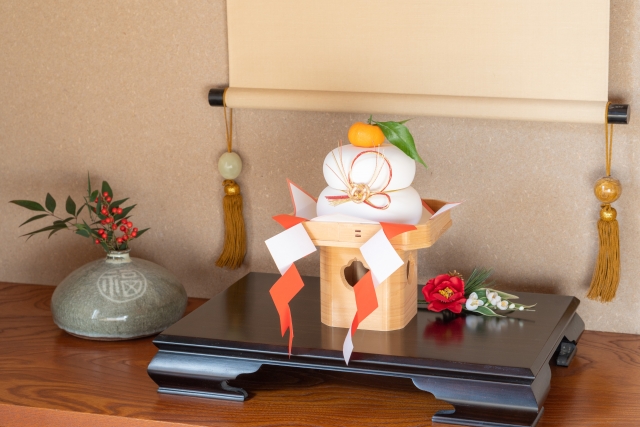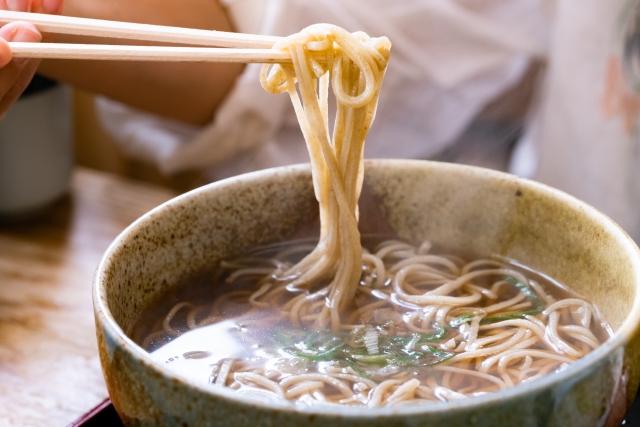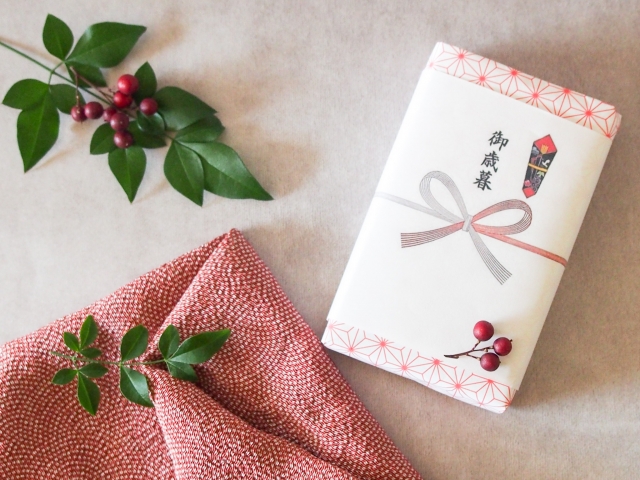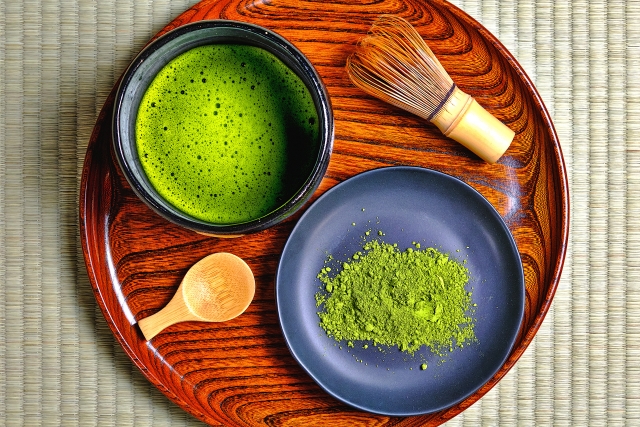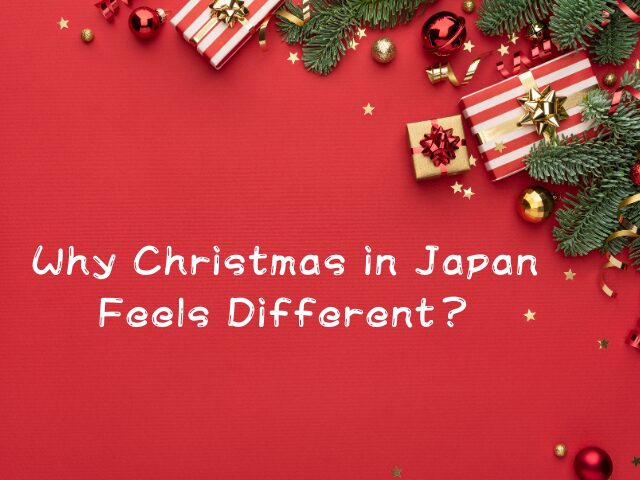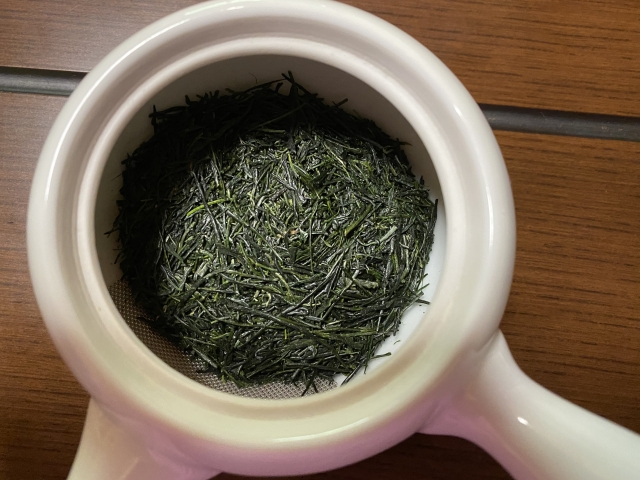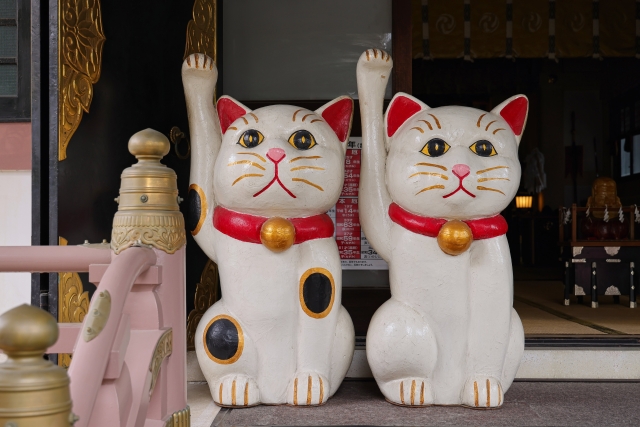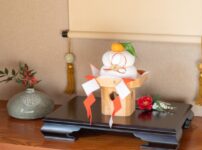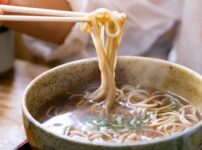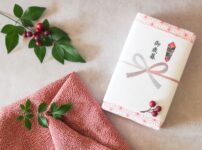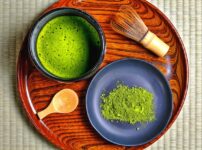NEW ENTRY
Kagami Mochi: The Meaning, History, and Modern Traditions of Japan’s New Year Display
Kagami mochi is one of Japan’s most iconic New Year decorations. Placed in the home to welcome the New Year deity, it represents purity, continuity, and good fortune. This guide explains what kagami mochi is, the meaning behind its shape, why a “daidai” fruit sits on top, and how modern versions have changed. What Is Kagami Mochi? Kagami mochi is a traditional New Year offering consisting of two stacked rice cakes with a citrus fruit on top. The decoration is displayed from late December until Kagami Biraki, a ceremonial “opening” in early January. The two mochi symbolize harmony between the old year and the new, and the offering invites the New Year deity to bless the household. Origins and Cultural Background The shape of kagami mochi resembles a round bronze mirror (“kagami”) used in ancient Shinto rituals. Mirrors were believed to hold spiritual power and reflect purity. By offering this form of mochi, households presented a sacred “mirror” of gratitude and hope for the year ahead. Kagami mochi also reflects the Japanese value of seasonal boundaries. Displaying it marks the clear transition from the old year to the new, an important cultural rhythm in Japan. The Meaning Behind the Shape The two mochi represent the past year and the coming year, layered to “stack blessings.” The round shape symbolizes completeness and harmony. The stack reflects the idea of “renewing life” through gratitude and offerings. The Daidai: Not an Orange After All Although many people assume the fruit on top is an orange, ...
Why Do Japanese Restaurants Serve Ice-Cold Water Even in Winter?
Imagine stepping into a cozy restaurant in Japan on a freezing winter day. You take off your coat, sit down, and—before you even open the menu—a glass of water with ice cubes arrives on your table. It’s refreshing, yes, but also puzzling: why ice-cold water, even in the middle of winter? A Custom Rooted in Hospitality In Japan, serving cold water is not just a practical act — it’s a symbol of omotenashi, the country’s unique spirit of hospitality. For restaurant staff, offering something cool and clean-looking is a sign of care and respect. Cold water feels “fresh” and “pure,” which gives guests the impression of being well taken care of. Even in the coldest months, many Japanese people associate cold water with cleanliness and politeness. It’s a way to say, “Welcome, please relax,” without words. The Historical Roots of Cold Water Service Before refrigerators became common, serving cold water was a sign of luxury and attention to detail. During the Meiji and early Showa eras, only restaurants with ice-making machines could provide chilled drinks. As refrigeration spread, this custom remained — transforming from a luxury into a symbol of good service. By the late 20th century, serving icy water had become the national default in restaurants, regardless of the season. Warm water or tea, though available in many households, came to be viewed as something more casual or private, not part of a professional dining experience. The Psychology Behind the Ice There’s also a practical reason: visual impression. A glass of ...
Toshikoshi Soba: Japan’s Year-End Noodles of Longevity and Gratitude
In Japan, the final evening of the year — Ōmisoka — is celebrated quietly with a special bowl of soba noodles called toshikoshi soba. The name means “year-crossing noodles,” and this simple dish carries a deep message of farewell and renewal. It marks the closing of one year and the beginning of another, reminding people to let go of hardships and welcome a fresh start. Why Japanese People Eat Soba on New Year’s Eve The tradition dates back to the Edo period (1603–1868). Soba noodles, made from buckwheat, are long, thin, and easy to cut — symbolizing a smooth break from the past year’s misfortunes. At the same time, their length represents a wish for long life and prosperity in the year to come. Eating soba before midnight is believed to bring good luck and help you “cross over” into the new year with a clear heart. The Symbolism Behind the Noodles Length – longevity and endurance Cutting easily – letting go of troubles and debts Simple flavor – humility and mindfulness Toshikoshi soba is more than a meal; it is a moment of reflection and gratitude for having lived another year. Regional Variations Across Japan, each region gives its own twist to the dish: Tokyo (Edo-style): hot soba in a soy-based broth with green onions and tempura Hokkaido: soba with herring (nishin soba) Kyoto: delicate broth with sliced fish cakes Nagano: handmade soba with mountain vegetables These local styles show how soba reflects both community and climate — a taste of ...
Why Gift-Giving Matters in Japan: The Meaning Behind Wrapping, Presentation, and Politeness
In Japan, giving a gift is rarely just about the object itself. It is a language — a way to show gratitude, care, respect, and connection. From seasonal gifts to souvenirs brought back from travel, Japanese people often exchange small presents in everyday life. These gestures may seem formal, but behind them lies a warm wish: *“Thank you for being part of my world.”* In this article, we explore why gift-giving is so important in Japan, and why the wrapping and presentation often matter just as much as the gift inside. The Heart of Japanese Gift Culture: Relationships, Not Things In Japanese culture, harmony and appreciation are essential values. Giving a gift — even a simple snack or souvenir — communicates: “I appreciate you.” “Thank you for your help.” “I want to stay connected.” This tradition reflects Japan’s idea of en — a meaningful human connection formed through kindness and interaction. A gift becomes a way to nurture that bond quietly and gracefully. Why Wrapping Matters: Respect Through Presentation Beautiful wrapping is not just decoration. It shows care, mindfulness, and respect for the recipient. Even inexpensive gifts are wrapped neatly because the appearance reflects the giver’s heart. The idea is simple: If you value the person, you present the gift with thoughtfulness. This is why many stores in Japan offer elegant wrapping services, seasonal paper designs, and perfect ribbon ties. Omiyage: The Culture of Bringing Something Back When people travel, they often bring back omiyage — regional snacks or small souvenirs — ...
Matcha: Japan’s Bright Green Tea of Tradition and Mindfulness
Matcha is not just a drink — it is a symbol of Japanese hospitality, mindfulness, and refined beauty. Its deep green color, rich flavor, and elegant whisking ritual have made it beloved both in Japan and around the world. What Is Matcha? Matcha is a type of green tea made from shade-grown tea leaves that are steamed, dried, and ground into a fine powder. Unlike regular tea, where leaves are steeped and removed, matcha is whisked and consumed whole, delivering a concentrated taste and nutrients. The result is a vibrant, slightly bitter flavor balanced with natural sweetness and umami. From Tea Fields to Tea Bowl Matcha’s journey begins in early spring. Farmers cover tea bushes for about three weeks before harvest, limiting sunlight to enhance chlorophyll and amino acids. This creates matcha’s signature color and gentle sweetness. After steaming and drying, leaves are carefully processed into tencha and stone-ground into an ultrafine powder — a slow, meticulous method that preserves aroma and texture. A Central Part of the Tea Ceremony Matcha is at the heart of the Japanese tea ceremony, where every movement — from scooping the tea to whisking it — carries a sense of calm and gratitude. The goal is not only to serve tea, but to create a moment of peace shared between host and guest. This reflects principles of Zen, simplicity, and harmony. How Matcha Is Enjoyed In daily life, matcha appears in two traditional styles: Usucha (thin matcha): Light and smooth, whisked into a gentle ...

